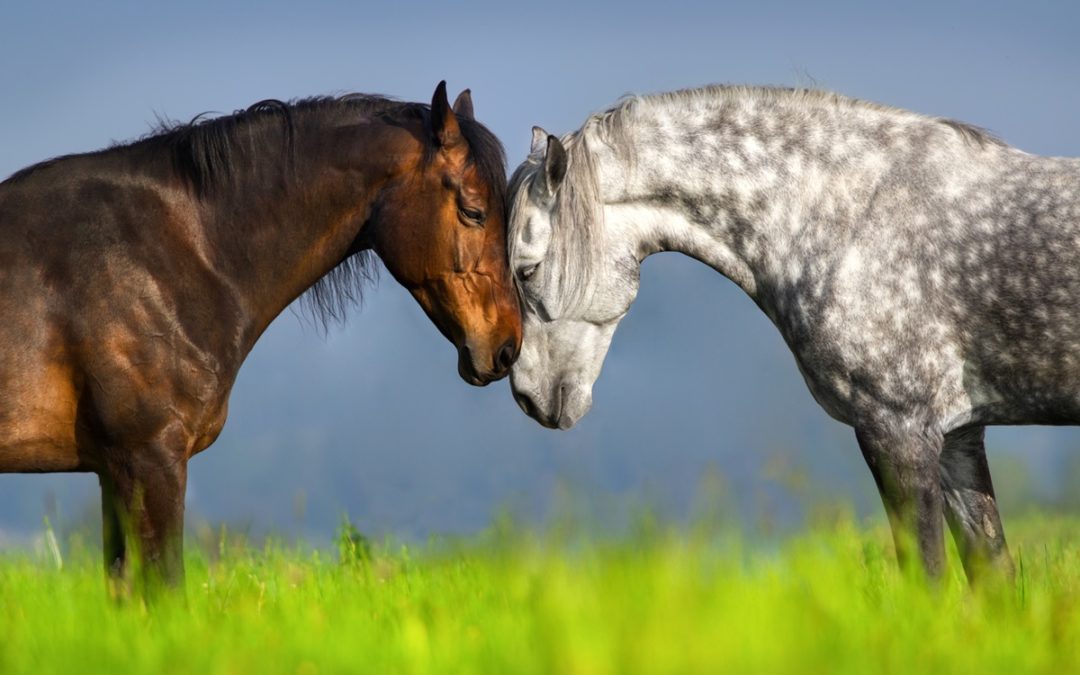Yes, we do leadership training with horses, and no, employees are not workhorses. Yes, we have had a Cocker Spaniel since May. Jarl Ragnar will be two years old in February 2024. And no, dogs are not man’s best friend.
When working with animals, as with people, a few simple principles of communication apply on the “human side”, apart from all human-animal comparisons:
Be attentive
When I take my dog for a walk, I give him my full attention. I must “think” for him, look ahead, and always be with him. No mobile phones, no checking emails, the “walk” belongs to both of us.
I must give them my full attention to get my partner’s attention. Mutual attention is the basis for successfully talking or working together. I need my attention to expect the other person to be attentive and listen to me.
Communicate clearly
If my dog does not do what I want, I cannot sanction him if I have not clearly expressed what I expect of him and he is unfamiliar with the situation.
When formulating wishes and needs or agreeing on common goals, it is important to express myself as clearly as possible – in a way that is understandable for my counterpart and not for me (see “Attention”). What is evident to me does not necessarily have to be apparent to the other person.
It helps to be clear about my wishes and needs in advance and to formulate goals as fully as possible:
1. who are we doing this for? (the question about the customer/stakeholder
2. what are we doing this for? (the question of meaning and purpose)
3. what are we doing by when (the question of the result to be achieved by when)
4. what does the result look like? (the question of the criteria/standards by which we can measure the result)
Preventing conflict escalation
Anyone who has ever dealt with dogs is probably familiar with the situation: the step from the favourite saying of inattentive dog owners: “He won’t do anything anyway!” to “He’s never done that before!” in the event of escalation is very short and comes very quickly.
With people, it sometimes only takes one word in emotionalised situations to “overflow the barrel” or “explode”.
Here, it is essential to consciously choose the time and communication and not to address conflicts “between the door and the door” (see attention).
At the same time (see “Communicating clearly”), I should be clear about my wishes and needs in advance – what do I need to do to “balance” the relationship, and what might the other person’s expectations be?
At the factual level, it is essential to prepare by formulating “working topics” from the “topics of dispute” that cause me “stomach ache”, which I can talk about (not “argue”) with my counterpart. The same applies here: What topics will my counterpart possibly bring to our conversation?
For me personally, working with horses and dogs has brought me three further essential points, which, for me, form the bracket for the actions mentioned above:
1. I am looking more closely again and observing more closely.
2. I am practising more patience again…
3. Thus, take more time to distinguish the essential from the non-essential.
It takes time, attention and clarity in our dealings with each other to build helpful relationships and achieve common goals.


Recent Comments